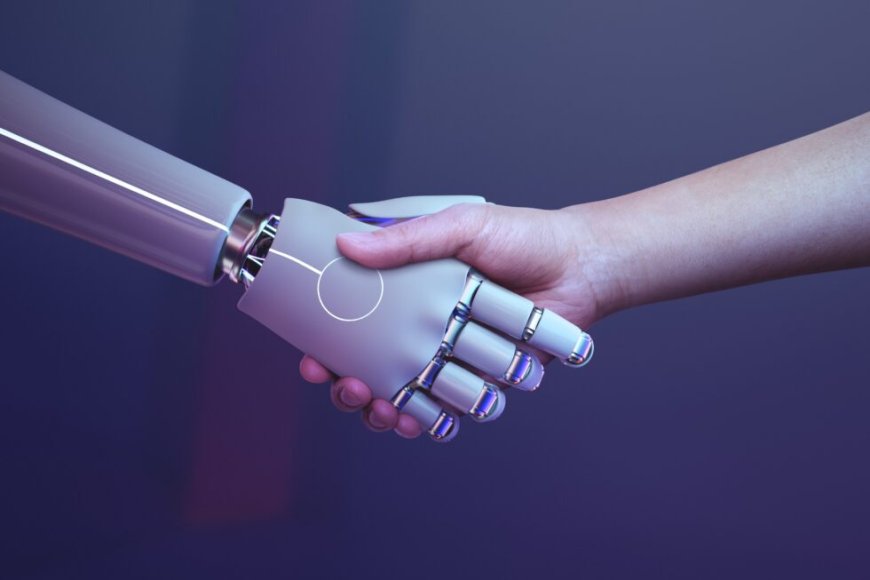Breaking Down How Artificial Intelligence Works in Simple Terms
A beginner-friendly explanation of how artificial intelligence works—covering data, machine learning, algorithms, and smart decision-making.

Artificial Intelligence might sound complicated, but at its core, it follows a clear, logical path. Whether its helping you navigate traffic or responding to your voice commands, AI works in layersjust like humans process information. So, lets break it down: How Does Artificial Intelligence Work?
A more technical breakdown is available here: How Does Artificial Intelligence Work?, but this post simplifies things so that anyonetech-savvy or notcan understand how machines learn and make decisions.
Step One: Gather the DataEvery intelligent decision begins withdata. AI systems use data to understand the world. It could be:
-
Images (like X-rays or faces)
-
Numbers (sales, temperature, or clicks)
-
Text (emails, social media posts)
-
Sound (voices, music)
This raw data becomes the foundation of how the AI model will think, respond, and evolve.
Step Two: Learn the Patterns
AI doesnt just look at datait learns from it. This is where machine learning comes in. Instead of giving the system strict rules, we let it find its own patterns.
For example:
-
A system learns what spam emails look like by reviewing thousands of examples.
-
A car learns to recognize pedestrians by analyzing hours of traffic footage.
The AI improves every time it trains on more data.
Step Three: Build Algorithms
Algorithms are like instructions. They define how the AI reacts to input. Think of them as the playbook that helps the AI respond appropriately to different situations.
Examples:
-
Recommend music based on your listening history
-
Flag suspicious credit card transactions
-
Sort resumes based on job descriptions
Algorithms give AI its logic.
Step Four: Interpret Human Language
Many AI systems are built to interact with people. This means they need to understand human languagea messy, emotional, and complicated thing. Enter Natural Language Processing (NLP).
With NLP, AI can:
-
Understand commands like Set an alarm
-
Translate languages
-
Summarize large texts
Its how your phones assistant knows what you meaneven if you say it in five different ways.
Step Five: Use Visual Input
Just like we understand the world through sight, AI can toowith computer vision.
Applications include:
-
Facial recognition in phones
-
Quality checks in manufacturing
-
Identifying objects for self-driving cars
Computer vision allows AI to see and make decisions based on images or videos.
Step Six: Make Smart Decisions
Now comes the action. The AI takes what its learned, applies the logic, and makes decisionssometimes faster and more accurately than a human.
Examples include:
-
Predicting when a machine needs maintenance
-
Offering personalized product recommendations
-
Routing drivers away from traffic jams
This is the end goal of most AI systemsto make smart, automated decisions.
Step Seven: Improve Constantly
AI is not a one-time setup. The systems are constantly updated through a feedback loop. Every user interaction, every outcome helps the model get better.
This ongoing process allows AI to become more accurate and helpful with time.
Why Understanding AI Matters
AI isnt going anywhere. In fact, its becoming a bigger part of everyday life and business. Knowing How Does Artificial Intelligence Work? helps you:
-
Choose the right tools
-
Avoid common misunderstandings
-
Know what to expect from AI solutions
It empowers you to be a smarter creator, investor, or user in a tech-driven world.







































